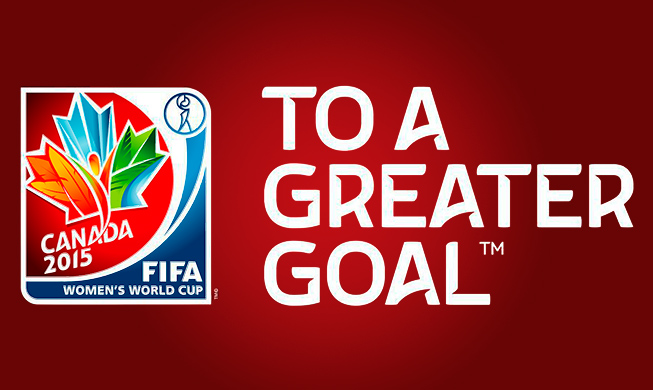It amazes me when girls, many of whom play soccer themselves, say matter-of-factly that they do not like watching women’s soccer as much as men’s. Perhaps those who watched this year’s Women’s World Cup, held in Canada, might now say otherwise, yet by simply looking at my own experiences, it’s not hard to guess at where this bias comes from. I have played soccer my whole life, yet could not name one professional female player until five years ago. No one talked about female teams or players, games were rarely televised, and athletes’ faces weren’t plastered over Nike and Adidas ads in the same way that their male counterparts were. I knew they existed somewhere, but nothing more.
”To a greater goal,” read the official slogan of this year’s Women’s World Cup because somehow, the female equivalent of the world’s most popular sporting event can’t muster anywhere near the frenzy and fever that follows its famed male counterpart. According to FIFA, the U.S. Women’s National Team’s opening group game drew 3.3 million television viewers—only an eighth of the 24.7 million who watched the U.S. Men’s group stage match against Portugal at last year’s World Cup. It’s no secret that millions of people worldwide share a passionate love for the beautiful game, so why don’t they feel the same passion when it is played by women? This discrepancy is an obstacle that must be overcome through greater investment and media coverage, not vague platitudes.
An example of inequality in the game was physically manifest at this year’s World Cup, which was played on artificial turf—a surface generally regarded as inferior and more conducive to injury than natural grass. By contrast, when Manchester City of the Barclays Premier League travelled to play the Vancouver Whitecaps of the MLS in 2011, the whole turf field was replaced with grass for just one friendly; however, for the most important women’s soccer competition in the world, FIFA made no effort to change Canadian fields to grass, despite protests from athletes.
Although FIFA is partially to blame, the discrepancies between perceptions of and support for men’s and women’s soccer have more to do with gender inequality in sports. Quite simply, women’s soccer receives less support, coverage, and interest than men’s soccer, despite the fact that female soccer players train equally hard and compete for the same achievements in the same game. While the number of viewers for the World Cup Final surpassed 25 million, the victors walked away with $2 million USD, a paltry sum when compared to the $35 million that the German Men’s National Team made for winning last year’s World Cup.
If women’s soccer fades into the background after this tournament—only talked about every four years during the World Cup—nothing will ever change. But a sign of hope for a greater future could nevertheless be seen at this year’s World Cup. For one thing, you couldn’t help but notice how many children—a lot of girls, but also many boys—were present, proudly decked out in their own local uniforms. For them, women’s soccer is tangible , and it is exciting. The vibrant, sell-out crowd of 54,000 that watched Canada’s heartbreaking quarterfinal against England is surely a sign that if upcoming generations are as exposed to women’s soccer from a young age as they are to men’s, perspectives will continue to shift.
Looking beyond this year’s World Cup, female athletes need to continue to inspire future generations and the media needs to give them the coverage they deserve. This will require improved support from media organizations and sponsors as well as from athletes’ national soccer institutions. The talent on display at this year’s Women’s World Cup showed that love for the beautiful game is no reason to discriminate between genders.










One Comment